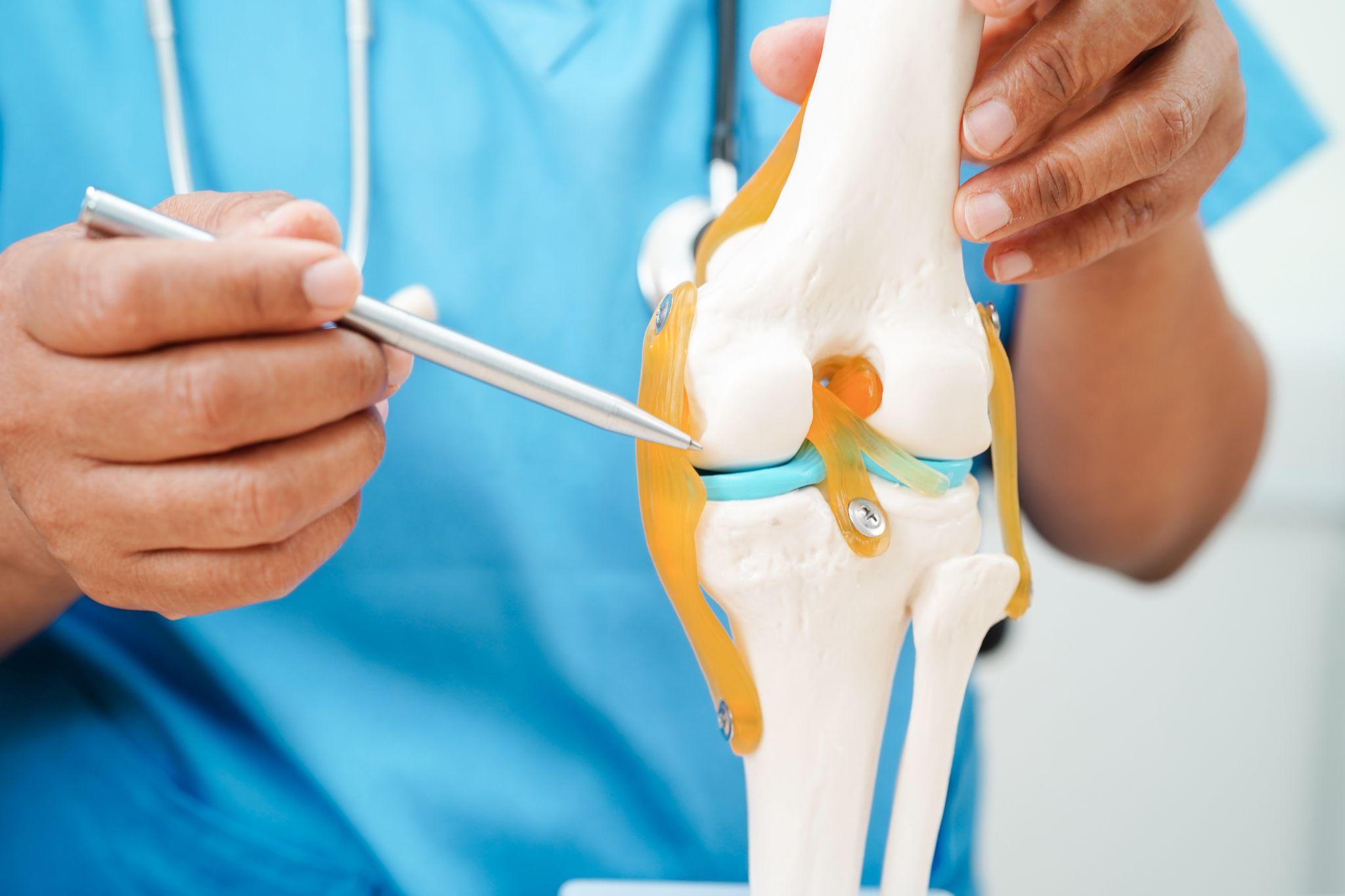Knee Implant Choices: What's the Best Material and Design for You?

Choosing the best combination of materials assures enhanced comfort, safety, and implant longevity, making your knee replacement a success that lasts for years to come.
If you are having knee replacement surgery, you're among millions who undergo it every year to alleviate pain, walk more comfortably, and get back to doing what they enjoy. Arthritis, a past accident, or simply worn-out knees due to age are the culprits, but regardless of the cause, the outcome is the same: enhanced quality of life. Having decided for surgery, though, there's another question to answer: what knee implant do you need?
It's normal to be perplexed here. You might be wondering about the materials themselves, how different styles of implants work, or which one is suitable for your age and activity level. The good news? You do not have to figure it out on your own. This simple guide will break it down for you so that you can visit your surgeon's office well-prepared and ready to make an informed decision for your future.
Why Implant Material and Design Are Important
Your knee implant is now a permanent part of your body. The implant material and its manufacturing process impact comfort, mobility, and longevity.
Things your doctor considers when choosing an implant:
- Age and bone quality: Older Patients may benefit from more robust designs, but younger patients need materials that can withstand stress.
- Activity level: Busy lifestyles demand implants that offer mobility and wear resistance.
- Bone shape and alignment: Some patients need custom or anatomically shaped implants for an ideal fit.
- Allergies: Nickel allergy (most common) can influence the choice of material.
Types of Knee Implant Materials
Knee replacements can be made of a number of different materials, each with some benefits based on your lifestyle and medical needs. The majority of implants use metal components like cobalt-chromium, titanium, or oxidized zirconium because they are durable. Some people do have a sensitivity to some metals, specifically those with nickel in them. Sensitive patients can opt for ceramic pieces as a substitute. They are biocompatible, less traumatic to plastic spacers, and less likely to trigger allergic reactions, although more expensive and less resilient when exposed to shock.
Another crucial material is polyethylene, the plastic element that replicates natural cartilage and serves as a shock absorber between metal parts. Special high-performance types like Highly Cross-Linked Polyethylene (HXLPE) give added wear protection and extended implant durability. For those with metal allergies, there are hypoallergenic solutions like nickel-free titanium and ceramic-coated implants that reduce the likelihood of immune responses.
Your knee implant is a permanent part of your body. It is essential to know the material of the implant and the suitable design.
Types of Knee Implant Designs
1. Fixed-Bearing Implants
This is the most common implant design. The insert is tightly fixed on the metal tray, with excellent stability and durability. It is suitable for older or less active patients. It only offers limited rotational movement, and this may not be as natural to highly active patients.
2. Mobile-Bearing Implants
These allow for a slight plastic insert rotation with knee movement, delivering a more natural feel. These are suitable for younger or more mobile patients but must be precisely surgically aligned and carry a slightly higher risk of dislocation if fitted inadequately.
3. Posterior-Stabilized (PS) Implants
PS implants are used if the posterior cruciate ligament (PCL) is damaged or removed. More support comes from a central post, so they're best for those with severe arthritis, loose ligaments, or joint deformities.
4. Cruciate-Retaining (CR) Implants
CR implants preserve the PCL and allow more natural knee motion. They're best for patients with an intact PCL and patients wishing to protect natural knee mechanics.
5. Gender-Specific & Personalized Implants
Custom-fitting to the unique anatomy, especially that of women, or custom-fitting using 3D imaging, these implants offer greater comfort, reduced tissue irritation, and potentially faster recovery.
How to Choose the Most Appropriate Implant for You?
There is no "one-size-fits-all" knee implant. The best implant is one that suits your body, lifestyle, and recovery goals.
Surgeon's Expertise
Your next step is informed by years of experience with various implant systems. Trust their expertise, but don't be afraid to ask questions.
Your Medical History
Arthritis, metal allergies, or chronic illness will determine which implant materials are safest and most effective for you.
Imaging & Joint Condition
Scans like X-rays and MRIs can reveal the extent of bone loss and joint positioning, which can help customize the size and type of implant.
Lifestyle Goals
If you wish to return to sports or pursuits outdoors, your choice of implant will be different from someone who wants only to walk comfortably and stay active in their daily life.

The best option to decide the type of knee implant needed is to consult and take advice from a doctor.
What to Expect After Receiving a Knee Implant
Having a knee implant isn't the end of the line; it is the beginning of your recovery process. And while everyone's healing schedule is a little unique, here's a general overview of what to anticipate:
0-2 weeks: Pain, swelling, and wound healing. You’ll likely start physical therapy immediately.
6-8 weeks: Most people return to basic daily activities like walking and climbing stairs.
3-6 months: This is when strength, balance, and full motion improve. Some may take up to a year for complete recovery, especially with advanced or customized implants.
Tips for a Smooth Recovery
Stick to your physical therapy schedule; it's crucial for regaining strength and mobility.
Steer clear of high-impact activities such as running or jumping unless your physician indicates it is okay. Monitor for infection, stiffness, or unusual pain and seek treatment early. Maintain follow-up appointments to monitor implant stability and the progress of healing. Most patients are amazed at how much the quality of their life improves within a matter of a few months. Walking is easier. Pain abates, and that feeling of "normal" gradually returns.
Conclusion
Choosing the right knee implant is not just a case of restoring movement; it's about getting back your confidence, independence, and long-term comfort. With so many materials and designs, it's essential to learn, understand, and ask questions regarding your options. Your age, activity level, bone quality, and general health all play a role in the best implant for you. Open communication with your surgeon is essential; never hesitate to ask or express concerns. While it will take time to heal, modern implants are amazingly durable, lasting 15–20 years or more when cared for properly. The true goal, though, is not just a new knee but painless living, where moving is effortless and every step is filled with renewed strength and comfort.